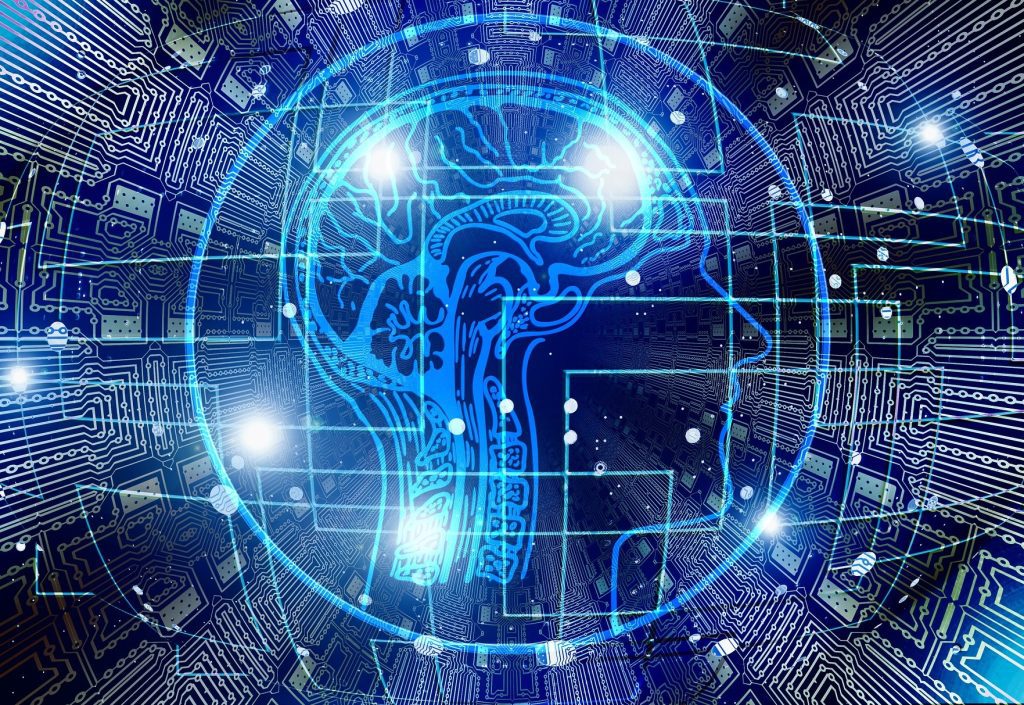ARTIFICIAL INTELLIGENCE (ARTIFICIAL INTELLIGENCE) is obviously a developing power in the innovation business. ARTIFICIAL INTELLIGENCE is becoming the dominant focal point at meetings and showing expected across a wide assortment of businesses, including retail and assembling. New items are being inserted with menial helpers, while chatbots are addressing client inquiries on everything from your internet based office provider’s website to your web facilitating specialist co-op’s help page. In the mean time, organizations like Google, Microsoft, and Salesforce are coordinating simulated intelligence as a knowledge layer across their whole tech stack. Indeed, computer based intelligence is most certainly having its second.
This isn’t the ARTIFICIAL INTELLIGENCE that mainstream society has molded us to anticipate; it’s not aware robots or Skynet, or even Tony Distinct’s Jarvis colleague. This computer based intelligence level is occurring deep down, making our current tech more brilliant and opening the force of the multitude of information that ventures gather. What that implies: Far and wide progression in AI (ML), PC vision, profound learning, and normal language handling (NLP) have made it more straightforward than at any other time to heat a simulated intelligence calculation layer into your product or cloud stage.
For organizations, functional ARTIFICIAL INTELLIGENCE applications can appear in a wide range of ways relying upon your hierarchical necessities and the business knowledge (BI) experiences got from the information you gather. Undertakings can utilize simulated intelligence for all that from mining social information to driving commitment to client relationship the board (CRM) to upgrading operations and productivity with regards to following and overseeing resources.
ML is assuming a critical part in the improvement of ARTIFICIAL INTELLIGENCE, noted Luke Tang, Head supervisor of TechCode’s Worldwide AI+ Accelerator(Opens in another window) program, which broods ARTIFICIAL INTELLIGENCE new businesses and assists organizations with consolidating computer based intelligence on top of their current items and administrations.
“The present moment, simulated intelligence is being driven by all the new advancement in ML. There’s nobody single advancement you can highlight, however the business esteem we can extricate from ML presently is out of this world,” Tang said. “According to the undertaking perspective, what’s going on right currently could upset some center corporate business processes around coordination and control: planning, asset portion and revealing.” Here we give tips from certain specialists to make sense of the means organizations can take to coordinate ARTIFICIAL INTELLIGENCE in your association and to guarantee your execution is a triumph.
How does ARTIFICIAL INTELLIGENCE work?

ARTIFICIAL INTELLIGENCE is comprised of various components that can be utilized together or independently. It empowers machines to respond to circumstances and make a move, to gain from information, to get clarification on pressing issues, to reach inferences, to design, and to accomplish a reason. With regards to business, artificial intelligence empowers machines to enhance human abilities, permitting associations to utilize the upsides of the two people and machines.
What are the difficulties of artificial intelligence in business?
Yet artificial intelligence’s incentive, numerous organizations are reluctant to execute it. The purpose for this delay is the normal worry that a positions will be lost because of ARTIFICIAL INTELLIGENCE. For instance, a new report by PwC saw that as 35% of all positions will vanish in only five years. A blend of advances in ARTIFICIAL INTELLIGENCE and mechanical technology will prompt far and wide joblessness.
As per a later report, half of all positions were probably going to be supplanted via mechanization in decade. A new report by the College of Oxford viewed that as 47% of all positions are in danger of computerization. That figure is higher than past investigations.
Difficulties of ARTIFICIAL INTELLIGENCE in business: Authoritative and specialized difficulties
AI analyses and learning in view of human criticism: Until artificial intelligence is taught and prepared, recognizing great and awful results is extremely hard. Artificial intelligence can figure out how to imitate the way of behaving of human. Notwithstanding, it is still in the beginning phases of training. To accomplish an ideal outcome, it could come up short, just to attempt once more. These cycles are kept in what is known as “the model’s preparation”.
For example, we should consider an organization that needs to foster a simulated intelligence driven deals partner, which is essentially a chatbot. The organization should think of a deals right hand outline, for example a general grouping of steps that the associate takes. One of these means will give the potential client an item. How might the item be introduced? Would it be a good idea for it to be introduced to the client straightforwardly or first drop a couple of clues and perceive how the client responds to them?
The organization may then relegate these successions to a ARTIFICIAL INTELLIGENCE program. Then, it’ll see what works and what doesn’t. Once these “illustrations” are taken in, the organization can begin to match the program against people.
Key difficulties of the AI interaction are:
As its information is continually changing and refreshing, the preparation and improving is a continuous interaction.
Because of the a lot of information being handled, the preparation cycle might take a ton of time.
While the innovation develops, the expense of its administration will likewise develop.
The model will consistently contend with people, as displayed in the model above. In the event that both of these fall flat, the organization should change the model and begin the cycle once again.
In 2017, driving scholastics anticipated that artificial intelligence could assume control over low-gifted positions inside the following couple of many years. Nonetheless, they anticipated that machines would assume control over high-talented positions (for example specialists) far later, possibly by the last option part of this long period.
For instance, a recent report by a group at Oxford College viewed that as 49% of English positions were in danger of robotization. In Sweden, the figure was 57%. That investigation likewise discovered that lower-pay occupations were more in danger of robotization.
Carrying on with work when any semblance of robots and PCs are rivaling human ability is surprisingly difficult. Nonetheless, many organizations currently fight that human-machine coordinated effort is superior to working in separation. So while artificial intelligence showcasing is utilized accurately, it can assist organizations with bettering arrive at their objectives. We simply have to ensure that we train our machines to help us.







